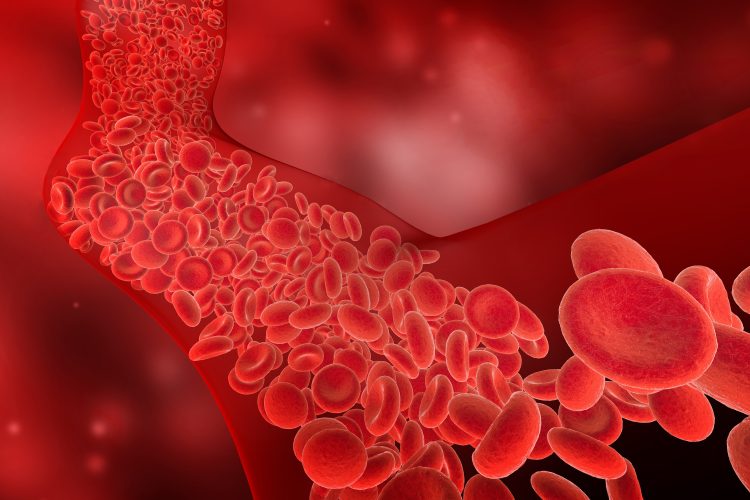Newly discovered mechanism behind microhaemorrhages
Posted: 4 December 2023 | Drug Target Review | No comments yet
Findings about how erythrocytes interact with brain capillaries offers new potential treatments for brain microhaemorrhages.


New research has revealed a novel contributor to the formation of brain haemorrhages. The study, co-authored by Rachita Sumbria, Associate Professor in the Chapman University School of Pharmacy, has found that increased interactions between aged red blood cells and brain capillaries can lead to brain microhaemorrhages, contrasting to previous thought that these haemorrhages were only linked to blood vessel injuries.
This discovery improves the understanding of the mechanisms behind these microhaemorrhages and offers new possibilities for therapeutic targets for treatment and prevention.
The research details how aged red blood cells stall in brain capillaries of mice, resulting in cerebral microhaemorrhages. Increased red blood cell stalling in brain capillaries was linked to the activation of the immune cells of the brain and brain microhaemorrhages in the absence of brain capillary rupture.
Dr Sumbria explained: “The recent work is a culmination of experiments that we started about a decade ago using cell culture systems. We showed for the first time that brain endothelial cells are capable of engulfing aged/stressed iron-rich erythrocytes, a process known as brain endothelial erythrophagocytosis, and the recent collaborative work shows this process in mice.”
Rudy Chang, co-first author and PhD student at Chapman University, began the foundational work leading to the current study with Dr Sumbria and University of California, Irvine (UCI) researcher, Dr Mark Fisher.
The team, which was led by Dr Mark Fisher and Dr Xiangmin Xu, also from UCI, then conducted experiments by injecting aged red blood cells into mice and tracking their interactions with the brain capillaries in real-time followed by postmortem imaging.
“Our findings show that age-related changes to erythrocytes, and how erythrocytes interact with the brain capillaries, are important underlying factors contributing to brain microhaemorrhage. This represents a novel mechanism distinct from the traditional view of a blood vessel rupture as the cause of brain microhaemorrhages,” Dr Sumbria said.
This research denotes a substantial advancement in the understanding of brain microhaemorrhages and offers paths for new approaches to their treatment.
This study was published in the Journal of Neuroinflammation.
Related topics
Drug Targets
Related conditions
brain haemorrhage
Related organisations
Chapman University School of Pharmacy, University of California Irvine (UCI)








